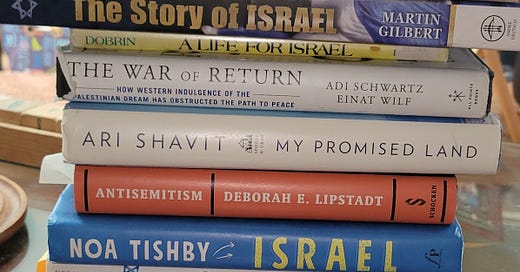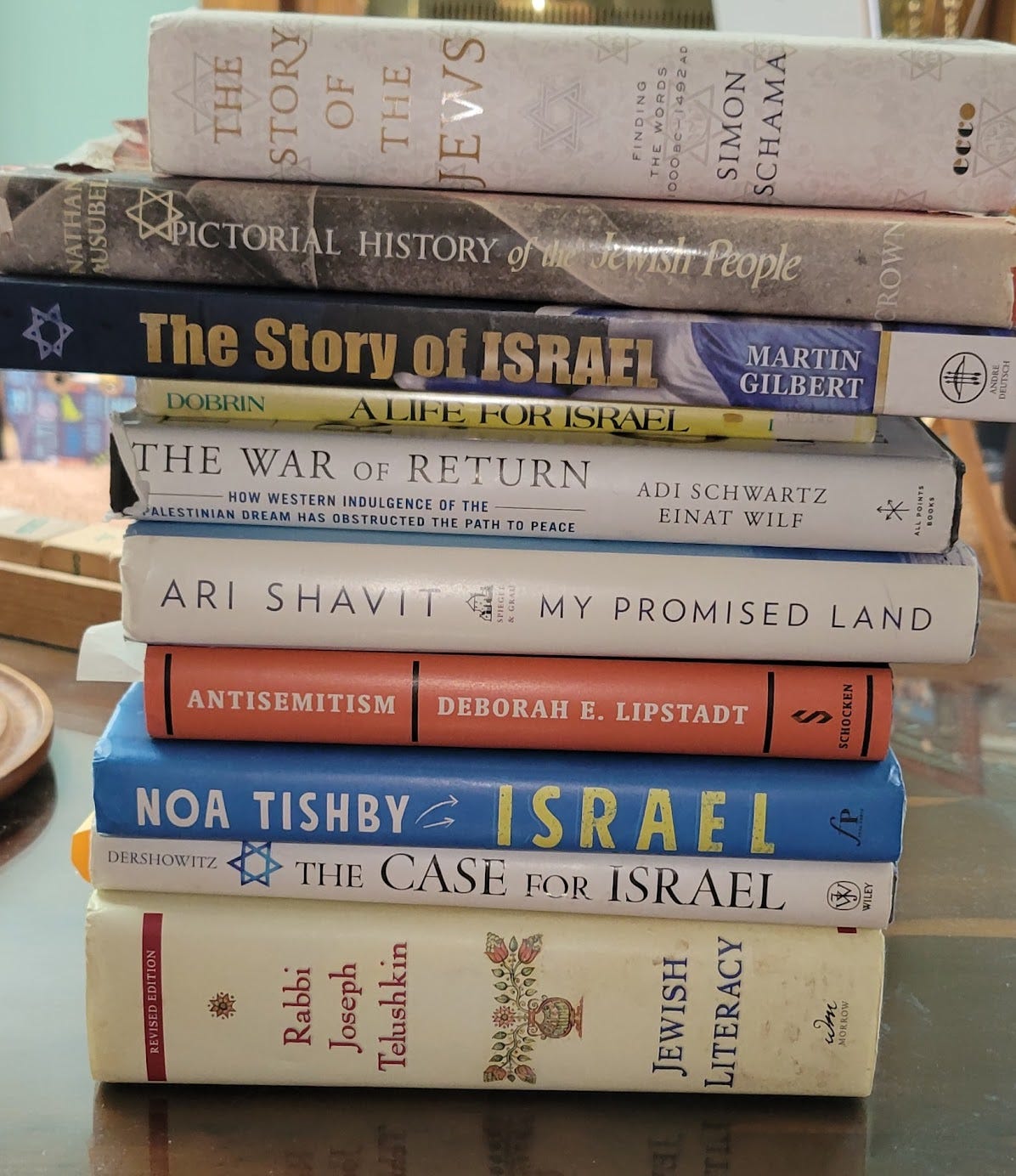When I was a third grader in New York City’s P.S. 50 in Staten Island, my year began with a stern, strict old-fashioned teacher. This was the 1970s, mind you. She frowned on pop culture sit-coms like Happy Days. In her words, she thought the Fonz was not a good role model for children because he could not utter the words “I’m sorry.”
She gave us her opinion on things that perhaps she had no business giving to a bunch of seven-year-old children. She told us that sometimes, our parents had to hit us because “they were teaching us a lesson,” and it proved just how much they loved us.
Seriously, when did corporal punishment get outlawed in American public schools?
Upon handing in a composition essay, she graded me not on the content of the essay but on my sloppy penmanship. Such was the plight of lefties when getting graded on penmanship was a thing.
She made me stand in the front of the classroom, with red marks all over my looseleaf paper, and used me as an example of how not to turn in written work.
Halfway through the school year, this teacher stopped teaching my class (many years later, my mother told me that she stopped teaching because she was diagnosed with terminal cancer), and a young, fresh new teacher named Miss Hauser entered our classroom.
Neat rows of desks were replaced by “pods” of desks arranged in squares where we would face each other to collaborate on group projects and lessons. Unlike the stern, silent classroom of the beginning of the year, our third-grade class became a noisy, joyful learning lab of reading, math, and creative learning.
Highlights of the rest of the year also included multicultural lessons.
We learned about African mask making and created our own out of papier mâché. Never mind that our teacher was white and there was not one black student in the class.
We had a big unit about South America, and I loved learning about Brazil.
The words “appropriation,” “colonization,” or “imperialism” at the onset of these lessons were nowhere to be found. We were all joyfully busy creating and learning.
The year culminated with a multicultural celebration.
We were assigned to go home and ask our families where our ancestors came from, how they dressed, and what were the customs and traditions brought from the old land to the new one.
On one of the last days of school, we had a food celebration that included home-baked foods that represented our immigrant heritage culture and to also, if possible, wear clothing that represented that culture.
Parents and students feasted on lots of baked Italian pasta dishes (this was Staten Island after all), Irish soda bread and Greek chain cookies. My mom made homemade cheese blintzes to represent our Ashkenazi Jewish background. (I did not tell her about this until two days before, and making blintzes are very labor intensive. Sorry, mom!).
And that was the extent of our lessons in multiculturalism. We celebrated each other. We were instilled with the joy and curiosity of learning about different countries, tasting different foods, and listening to music from around the world. And nobody felt bad about who they were or where their ancestors came from.
What does multicultural education look like now?
It is a lot more subversive and sinister.
It puts everyone in boxes based on skin color: the oppressed and the oppressor. If your skin is olive, brown, or black, you are the victim, or the oppressed, by privileged white oppressors.
Everything and every aspect of learning can be funneled through this lens.
And the lens directs its ire back to Jews, only amplified and magnified following October 7th.
And after October 7th, lots of curriculum began to shift to center “Palestine” into lesson plans and teaching pedagogy.
In public schools from New York City to Philadelphia to Chicago, there have been “teach Palestine” curricula resource sheets for children as young as kindergarten.
Kids as young as kindergarten in the months following October 7th were read books like “P is for Palestine,” in which the book includes the letter “I” for Intifada.
There has been much talk and media coverage of the rise of antisemitism and anti-Israel bias at the college level. But what is not getting much attention is the simmering of all this happening at the K-12 arena. It is seeping into teacher’s unions in Los Angeles, Massachusetts, Portland, Oregon, and even in New York City. The tracing of Qatari dollars into our K-12 education system is only just beginning.
That’s where NAVI, the North American Values Institute, comes in. The non-profit this year launched a Substack called the K-12 Extremism Tracker, which documents anti-Israel, anti-Jewish, and anti-Western and American bias in our public school lesson planning, teachers’ unions, and teachers’ associations.
NAVI also hosts the podcast InDoctrine Nation which reveals that these incidents are not a bug in the system; they are becoming the system itself.
So, what is the average parent of a public-school student to do?
Here is some wisdom imparted by one of the hosts of InDoctrine Nation, Marcy Goldstein. She says that with a two-pronged approach: awareness and concrete documentation of the bias in teaching and developing a strong knowledge of Jewish and Israel history within our own Jewish communities in the diaspora, we can win this fight and not give up on one of the most shining beacons of our country and our democracy: a fair, balanced public school education.
Goldstein said that when NAVI’s founder David Bernstein began to write about and criticize the rise of antisemitism from the left and how it was showing up in the K-12 classroom, he received some harsh pushback. In the days and now months following October 7th, those who shunned him are, if privately, apologizing to him.
“Generally speaking, October 7th and the antisemitism that followed were a wake-up call for many Jews who were not paying attention,“ Goldstein said. “To them, they were shocked. For years, we tried to warn people, but they shook it off like it was some kind of conspiracy theory. But for people like David and like me, who worked in academia, we saw it brewing.”
Now, Goldstein said, Jews are coming around and asking, How do we stop this?
Who are these people waking up and coming around?
Goldstein said many are older or retired Jewish public-school teachers, who always upheld progressive, welcoming values, who always believed the union was there for fairness and equal opportunity, that the teachers’ unions shared their values and would protect their salaries, jobs, and reputations. Goldstein said the changes occurring in New York, Massachusetts, Chicago and Oregon are hard pills to swallow.
But alerting Jews, Jewish teachers, and other educators outside the Jewish community of the dangerous trends taking place with documented evidence is one way to combat what is going wrong in the nation’s public school system, Goldstein maintained.
“These veteran or retired teachers are slowly waking to the fact that the unions that protected them are not what they remember from 30 years ago,” Goldstein said. “It is very hard for people to adjust to this new reality. But the evidence is all over. All we have to do is show it to them.”
And the evidence, Goldstein said, is difficult to misinterpret. From teaching materials suggested by the Massachusetts Teachers Association of images of dollar bills folded into Jewish Stars, to the Chicago Teachers Union linking the Palestine issue with the labor movement, the messages could not be clearer.
“When (teachers and their unions) weave explicitly antisemitic tropes into their slogans and lesson plans, when there is such a lack of permitting a diversity of viewpoints, they are almost doing the work for us,” Goldstein said. “People are allowed to have their different views. It's just that when some views are not welcome to the table, then students don't have the option of wrestling with perspectives to come to their conclusions, because they don't end up hearing a wide of information. All they hear is different versions of an anti-Zionist narrative. They don't hear all the perspectives.”
The next step, Goldstein said, is to educate people about Jewish history that spans beyond just teaching about the Holocaust. Teaching that history can erase the
misconception that Jews have no connection to the land of Israel and that they were white European colonizers who took the land from an indigenous, brown people.
In short, parents and yes, kids too, we all have a lot of reading to do this summer if we do not want others to tell us who we are as a Jewish people.
And yes, Jews are a PEOPLE, a NATION, and don’t let anyone fool you otherwise that “Judaism is just a religion.” I have posted my own suggestions in the featured photo of this post, the books taken from my bookshelves. There are some I completed, some I need to start.
“People have very little knowledge of Jewish history and what I call the re-establishment of the State of Israel,” Goldstein said. “Israel was not established but (re-established) in 1948 from our ancient ties. No, Jews did not just arrive from Europe. That’s not even accurate. We had sovereignty there going back 2000 years, but is this even being taught? People say that higher education is systemically lost. But this does not have to be the case for our K-12 educational system. It’s not too late, but it is going to require us to educate ourselves on our Jewish history.”
At the heart of the matter is the fact that when Jews are attacked in a society, as we are getting attacked in the United States, Canada, and France, the largest centers of Jewish populations outside of Israel, it is a sign that something is gravely wrong with society.
So this fight to correct what is going on at the K-12 education level should not just be the fight for the Jews to fight alone.
There is something gravely wrong with a society that has hardly been shaken up in the last month that saw the arson burning of a Jewish governor’s mansion in Harrisburgh, Pa., the execution of Sarah Milgrim and Yaron Lischinsky in Washington, D.C., and the torching of Jews at a peaceful march in Boulder, Colo. All for the sake to “Free Palestine.”
Goldstein said there can be a direct line drawn from normalizing this anti-Israel movement among our educators to the violence we have seen so far, and still, we have leaders such as NY Congresswoman Alexandria Ocasio-Cortez continuing to cry “Free Palestine” in her endorsement of NYC mayoral candidate Zohran Mamdani.
“It starts with antisemitism, but what this is really about is the fight for the very soul of America,” Goldstein said. “And it all goes back to fighting ignorance with education. And there is a silent majority out there who see all this, but they may be too afraid to speak up for fear of losing status, a threat to one’s safety, and even a loss to one’s employment. Our work at NAVI is trying to show all parents what is at stake, and what is at stake is that the haters are loud and are a threat to our entire society.”






I would add Oren Kessler's Palestine 1936 and Yardena Schwartz's Ghosts of a Holy War.